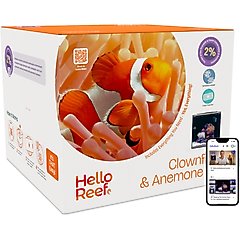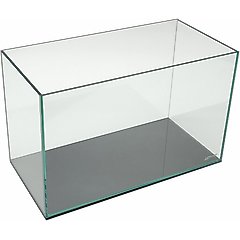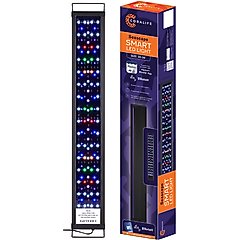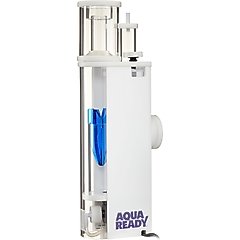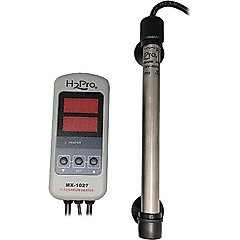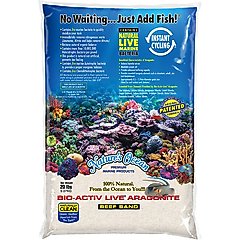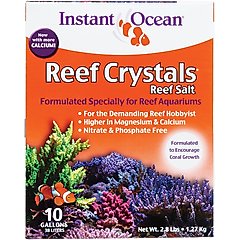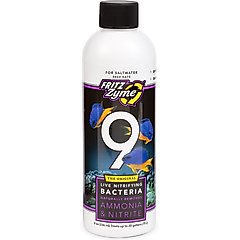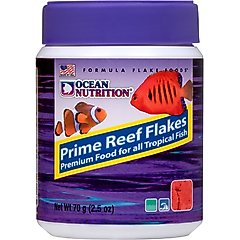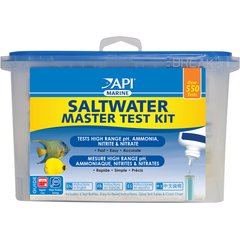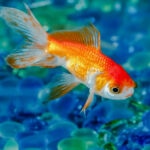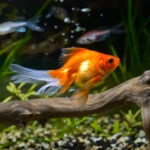How To Set Up a Nano Fish Tank (Saltwater)
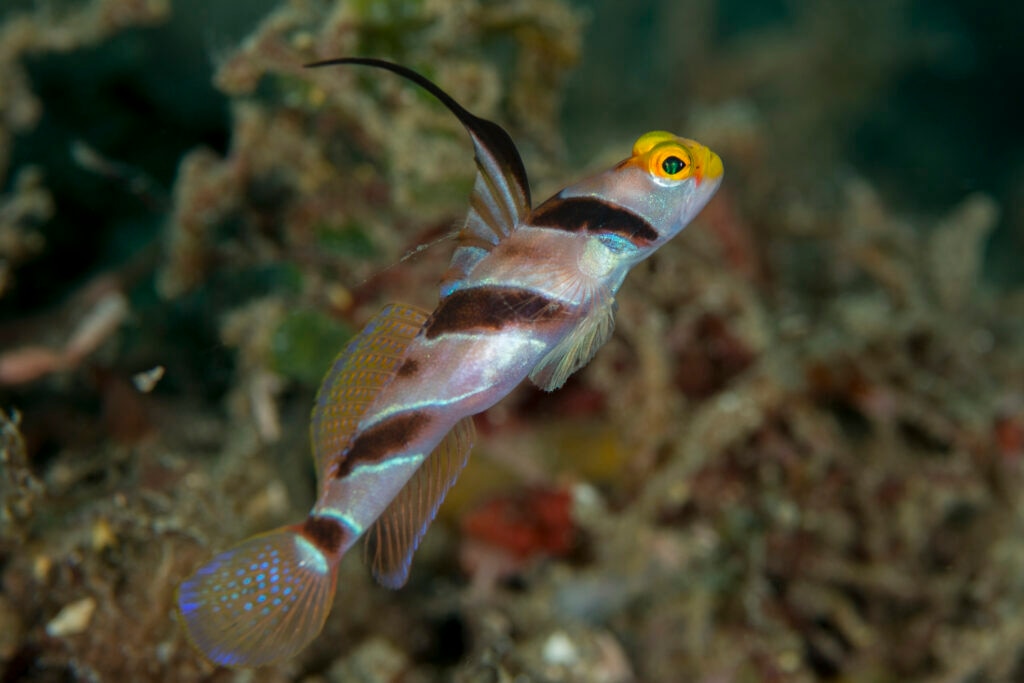
Photo by semet/E+
Nano tanks are small fish tanks, under 20 gallons—and they’re very popular among fish hobbyists. A saltwater nano tank can serve as a vibrant focal point in your home, filled with colorful fish, coral, and invertebrate species.
Key Takeaways
- Nano tanks are aquariums that hold less than 20 gallons of water.
- They can house many different species of fish, corals, and invertebrates.
- Despite being smaller, nano tanks can be more difficult to maintain because they have less water and therefore less stable water parameters.
Planning Your Nano Fish Tank
While the appeal of a nano tank is the small size, bigger is better. Advanced keepers can successfully keep aquariums as small as two or three gallons, but the smaller the tank, the more difficult it is to successfully maintain.
Larger volumes of water are more stable, so starting off with a tank in the 10- to 20-gallon range is better. Tanks in this size range will allow you to keep various fish, including:
- Small clownfish
- Gobies
- Blennies
- Shrimp
- Corals
Unless you have a larger tank available to house your fish when they outgrow your nano tank, avoid bigger fish like tangs, angelfish, and triggerfish.
Must-Have Nano Saltwater Tank Supplies
There are many all-in-one kits available that provide everything you need to start, such as the HelloReef Clownfish Kit.
Recommended Product
However, if you opt to get everything separately, here are the supplies you’ll need:
Recommended Product
Recommended Product
- Filters
- Biological and mechanical, like the Fluval AC20 Aquarium Power Filter
Recommended Product
-
- Protein skimmer, like the AquaReady NF-1 Internal Nano Protein Skimmer
Recommended Product
Recommended Product
Recommended Product
Recommended Product
Recommended Product
Recommended Product
Recommended Product
Recommended Product
Setting Up a Nano Fish Tank
Follow these steps to set up your first nano tank:
1. Add Rocks and Substrate
Place your rocks on the bottom of the tank, then add substrate.
If you’re using a bioactive substrate (seeded with live beneficial bacteria), do not rinse it, as it can kill the bacteria.
If you’re using an inert substrate, rinse thoroughly. Add the substrate after the larger decor rock.
2. Install Equipment
Add your filters and heaters after placing the hardscape to avoid damaging the equipment.
Do not plug in the filters and heaters until the tank is filled with water. Running a filter dry can damage the pump, and a heater can overheat if it’s not submerged.
3. Fill with Water
Unless you’re buying pre-mixed saltwater, you’ll need to mix your own. Start with RO/DI water and add the salt to the water. Then, use a circulating pump to mix thoroughly. Test the salinity and pH before adding the water to the tank.
Once the water parameters are correct, slowly pour the water into the aquarium. To avoid disturbing the substrate, place a small plate on the bottom.
4. Cycle the Tank
After your tank is set up and all the equipment is functioning properly, you’re ready to add fish. Do not add them the same day you set up the tank though. Give yourself a day or two to make sure everything is functioning properly first.
During the first couple of months, your tank will go through a cycling process. This is when beneficial bacteria begin to grow and break down fish waste into less harmful compounds—a process that takes time.
You’ll see a rise in ammonia, then ammonia will fall as nitrite rises, and finally nitrite will fall while nitrate rises. Nitrate is the least toxic form of nitrogen and is generally removed by water changes.
This cycle needs ammonia. Simply letting the tank sit will not cycle your tank because the bacteria need ammonia to grow.
Fortunately, there are many products that make this process easier on your fish, including bacteria starter cultures, seeded substrates, and reef rock. These products help speed up the cycling process and, more importantly, reduce ammonia and nitrate spikes that can stress or harm fish.
How To Introduce Fish to Your Nano Aquarium
Start your cycle by adding your fish first. Around the same time, you can also introduce a clean-up crew of snails and marine hermit crabs. More sensitive livestock, like ornamental shrimp and corals, can be added when you’re done cycling the tank.
1. Test the Water
Before adding livestock to your tank, test your water to make sure the parameters are where they need to be.
2. Float Your Livestock
Float your fish or coral bags in the tank for about 15 minutes to allow the temperature to equalize. At this point, you can open the bags and slowly add a little bit of tank water to the bags—every 15 minutes or so.
3. Move the Fish
After you’ve done this several times, you can net the fish out and add them to the tank. Do not add the bag water to your tank, as it likely has elevated ammonia and can contain pathogens from the store.
What Does Maintenance for Nano Fish Tanks Look Like?
Nano fish tanks need regular maintenance to keep fish, corals, and other livestock healthy, including:
Daily Maintenance
-
- Feed your fish a high-quality flake, like the Ocean Nutrition Prime Reef Flake Fish Food, or a pellet diet. You can also offer frozen foods.
Recommended Product
-
- Supplement your corals’ nutrition with live phytoplankton and zooplankton, even though most are photosynthetic.
- Watch your fish. This is the fun part! Look for any unusual behavior like lethargy, heavy breathing, or scratching on the substrate.
- Empty your skimmer collection cup.
Weekly Maintenance
-
- Test your water. This is also the first thing you should do if your fish are acting stressed or looking ill.
- Clean your mechanical filters.
- Wipe algae from the glass.
- Do a partial water change. Ten percent weekly or 20% every other week is fine for maintenance. Follow the same steps above to make up the water. When draining the tank, use a gravel vacuum like the Python Pro-Clean Gravel Washer & Siphon Kit to get debris out of the aquarium.
Recommended Product
Monthly Maintenance
-
- Change filter cartridges.
- Replace filter media such as carbon or phosphate resins.
By following proper setup and maintenance guidelines, you can enjoy your nano tank for years to come. And if you have questions about your nano tank, it’s always best to contact a marine fish tank specialist.
